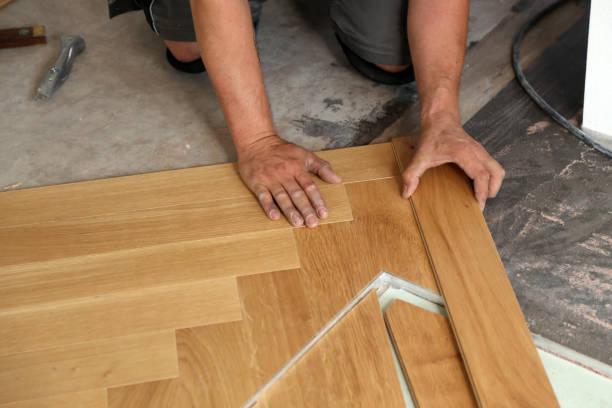Laminate flooring is an ideal option for homes and offices that have limited space, as well as areas where high traffic is expected. The material is designed to mimic real wood, but is less expensive and durable.
What is laminate flooring?
Laminate flooring is a product of three layers, which include a core layer, a decorative surface, and a protective film. The core is made of polyvinyl chloride (PVC), a petroleum-based plastic. The decorative surface is made of MDF or HDF, which is a hardwood substitute made from pine or fir. The film is applied over the decorative surface to protect it from scratches and wear.

Types of Laminate Flooring
There are many types of laminate flooring, such as vinyl, engineered, solid surface, and ceramic. The most common type is vinyl, as it is more affordable than other types.
Installation of laminate flooring
There are two main installation methods for laminate flooring: floating and direct. In floating, the entire surface of the floor is covered with a release paper, and then the entire surface is covered with a thin, protective, and transparent film. The flooring is then cut to size, and the edges are sanded and sealed with a sealant. In direct installation, the entire floor is covered with a single film.
Preparation
To prepare for installation, the surface should be cleaned and prepped. All visible mold, stains, and spills should be removed, and the floor should be lightly sanded. To prevent splinters, you can use a wood block to sand the floor.
Application
The floor is then glued down with a special adhesive. Once the adhesive dries, the protective film is applied.

Conclusion:
If you are planning to install laminate flooring in your home, you should be aware of the different installation options. You can choose the most suitable one for your needs.

